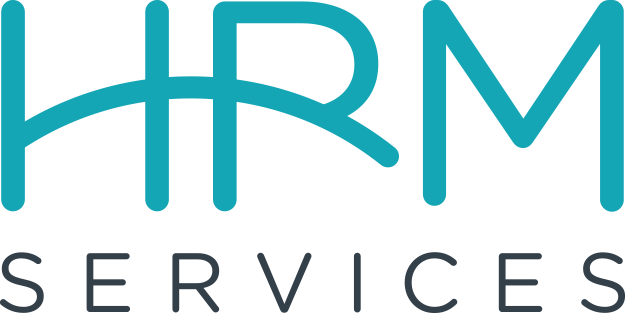
April may not only bring showers, but also a new rule that will impact employers in Michigan and beyond. The federal Department of Labor (DOL) is on the cusp of finalizing rules that could dramatically alter the landscape of employee compensation and classification. This blog delves into the specifics of these proposed changes, their implications for businesses, and strategies for preparation.
Decoding the Department of Labor’s Proposed Rule Changes
The focal point of the anticipated changes revolves around the earning threshold for exempt employees. Currently set at $35,568, the DOL proposed a significant increase to at least $55,000. This means that for an employee to be classified as exempt, they must not only meet the already established duties test, but also this earning threshold. This ruling would impact states that do not already have a higher earning threshold under their state law.
Implications of the Increase
Once released, every employer will need to reevaluate their employees currently classified as salary to determine if they meet the new earning threshold. This may result in some employees transitioning to non-exempt (hourly) status, thus becoming eligible for overtime. This reclassification could lead to increased payroll costs and/or necessitate changes in staffing and hours.
Highly Compensated Employees
The DOL’s ruling also targets the threshold for “highly compensated employees” (HCEs), suggesting an increase from just over $107,000 to $144,000. If approved, this substantial hike will require strategic adjustments to comply with the new regulations.
Automatic Adjustments
Perhaps the most groundbreaking aspect of the proposed changes is the introduction of an automatic adjustment mechanism for these earning thresholds every three years. This adjustment aims to align the thresholds with economy and cost-of-living changes, ensuring they remain relevant and fair over time.
Preparing for Changes to Earnings Threshold for Exempt Employees
Assessment and Analysis:
Businesses should begin by conducting a thorough analysis of their current workforce classifications to identify which employees might be affected by the proposed threshold adjustments.
Strategic Planning:
Developing a strategic approach to address potential reclassifications is crucial. This might include budget adjustments to accommodate increased labor costs or restructuring work hours and duties to maintain current classifications where possible.
Communication and Training:
Keeping open lines of communication with affected employees is vital. Additionally, training for managers on the nuances of the new rules will ensure smooth transitions and compliance.
Monitoring for Updates:
Given that the proposed changes are subject to finalization and potential legal challenges, staying informed on the latest developments is essential for timely and effective implementation.
Conclusion:
The Department of Labor’s proposed rule changes represent a significant change that will impact a majority of employers. By understanding and preparing for these changes, businesses can better prepare for the challenges and opportunities ahead, ensuring that their employment strategies remain both compliant and competitive.

